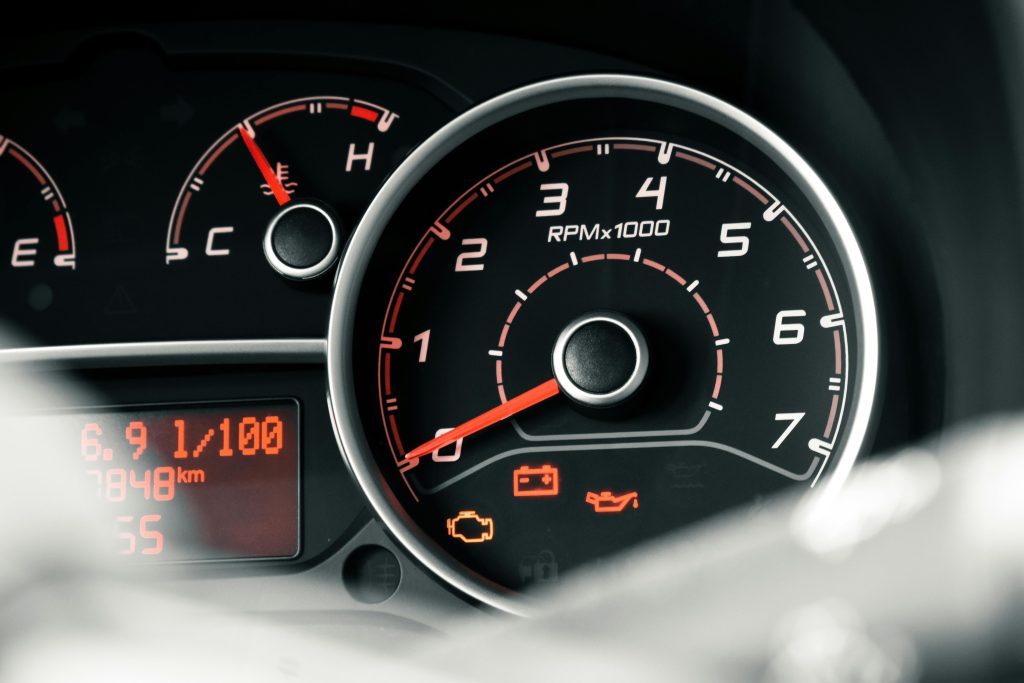When it comes to choosing between CNG and petrol variants of the Maruti Suzuki Fronx, fuel efficiency is often the deciding factor for budget-conscious buyers. The Fronx, a stylish and feature-packed subcompact SUV, offers both petrol and CNG options, each with its own advantages. But which one delivers better real-world mileage? In this detailed guide, we compare the Maruti Suzuki Fronx CNG vs petrol variants, analyzing their real mileage, running costs, and overall fuel efficiency to help you make an informed decision.
Maruti Suzuki Fronx: Petrol vs CNG Engine Specifications
The Maruti Suzuki Fronx is available with two engine options: a 1.2L K-Series petrol engine and a factory-fitted CNG variant based on the same engine. Here’s a breakdown of their specifications:
1.2L Petrol Engine
- Displacement: 1197cc
- Power Output: 89 bhp @ 6000 rpm
- Torque: 113 Nm @ 4400 rpm
- Transmission: 5-speed manual / 5-speed AMT
- ARAI Mileage: 21.79 kmpl (manual), 20.01 kmpl (AMT)
1.2L CNG Engine
- Displacement: 1197cc (same as petrol)
- Power Output: 76 bhp @ 6000 rpm (lower due to CNG)
- Torque: 98.5 Nm @ 4400 rpm
- Transmission: 5-speed manual only
- ARAI Mileage: 28.51 km/kg (CNG mode), 21.79 kmpl (petrol mode)
While the petrol variant offers better performance, the CNG version excels in fuel efficiency, making it ideal for those who prioritize lower running costs.
Real-World Mileage Comparison: CNG vs Petrol
ARAI figures provide a standardized benchmark, but real-world mileage can vary based on driving conditions, traffic, and driving style. Here’s what users report:
Petrol Variant (Real-World Mileage)
- City Driving: 14-17 kmpl (due to stop-and-go traffic)
- Highway Driving: 18-21 kmpl (consistent speeds improve efficiency)
- Mixed Conditions: 16-19 kmpl
CNG Variant (Real-World Mileage)
- CNG Mode (City): 22-25 km/kg
- CNG Mode (Highway): 26-30 km/kg
- Petrol Mode (Backup): Similar to petrol variant (16-19 kmpl)
The CNG variant clearly outperforms the petrol version in terms of fuel efficiency, especially in city driving where frequent refueling can be a hassle with petrol.
Running Cost Comparison: Which is More Economical?
Fuel efficiency is just one part of the equation—running costs depend on fuel prices as well. Let’s break it down:
Current Fuel Prices (Approx.)
- Petrol: ₹100 per liter
- CNG: ₹80 per kg
Cost per Kilometer
- Petrol (City): ₹5.88 – ₹7.14/km (14-17 kmpl)
- Petrol (Highway): ₹4.76 – ₹5.55/km (18-21 kmpl)
- CNG (City): ₹3.20 – ₹3.63/km (22-25 km/kg)
- CNG (Highway): ₹2.66 – ₹3.07/km (26-30 km/kg)
The CNG variant is significantly cheaper to run, saving nearly 40-50% on fuel costs compared to petrol. Over a long period, this translates to substantial savings.
Pros and Cons: CNG vs Petrol Fronx
Before making a decision, consider these advantages and drawbacks of each variant:
Maruti Suzuki Fronx CNG
- Pros:
- Lower running costs
- Eco-friendly (reduced emissions)
- Dual-fuel capability (CNG + petrol)
- Cons:
- Reduced boot space (CNG tank occupies space)
- Slightly lower performance (power & torque drop)
- Limited CNG stations in some areas
Maruti Suzuki Fronx Petrol
- Pros:
- Better acceleration and driving dynamics
- No compromise on boot space
- Wider availability of petrol stations
- Cons:
- Higher fuel costs
- Lower fuel efficiency in city traffic
Which One Should You Choose?
The choice between the Maruti Suzuki Fronx CNG and petrol variants depends on your priorities:
- Choose CNG if: You drive mostly in the city, want maximum fuel savings, and have access to CNG stations.
- Choose Petrol if: You prioritize performance, frequently travel on highways, or live
